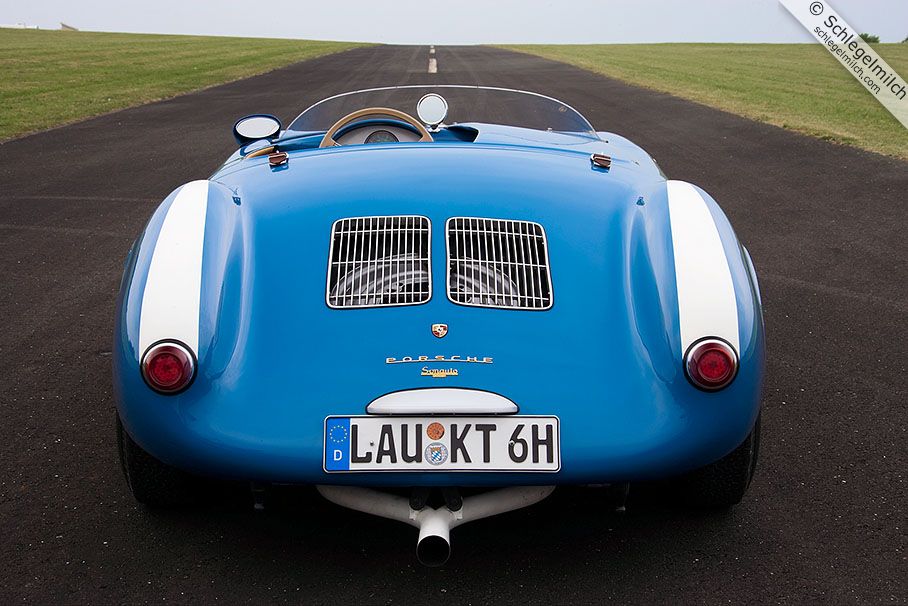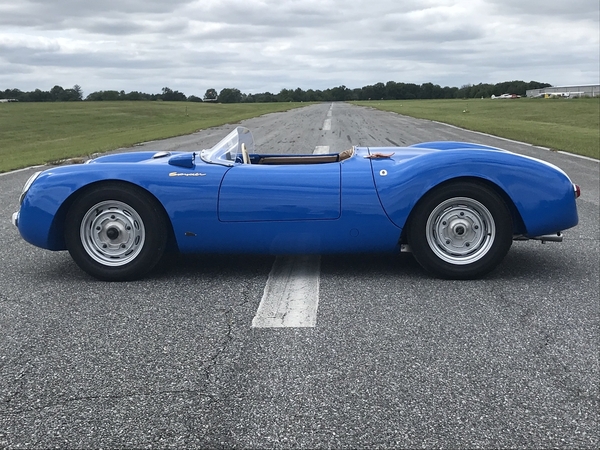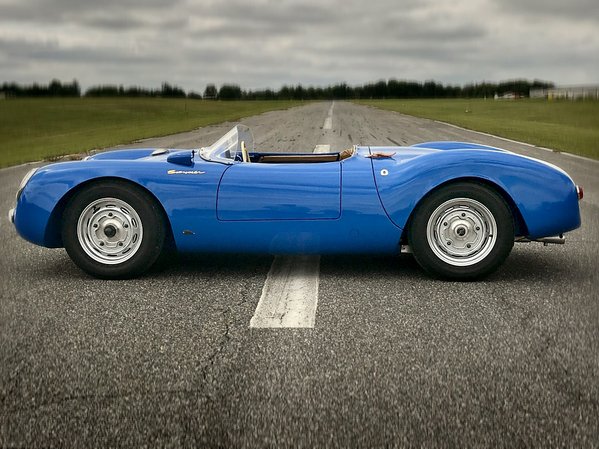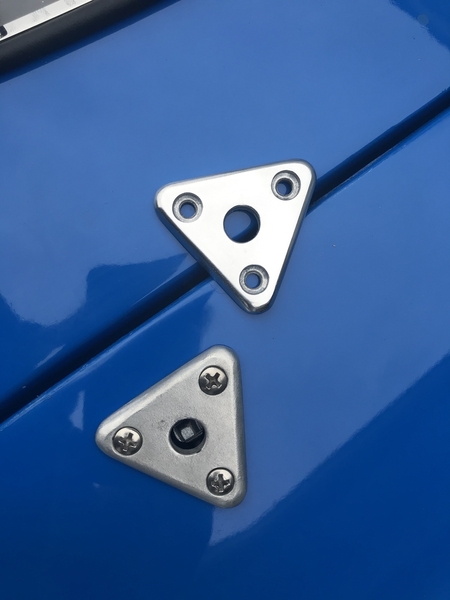A few words in defense of subscription-based software and, in my case, Adobe (words I never thought I'd ever be thinking, let alone writing).
(And apologies to Ed, as this has nothing to do with a Thunder Ranch build.)
When I got the e-mail a few years back about MY Photoshop going away to be unavoidably replaced by an unending stream of monthly payments, I was as indignant (the polite form of 'pissed off' ) as everyone else.
Beyond indignant, I was mad as hell and wasn't going to take it anymore. Except that I soon realized (also, like everyone else) that not taking it anymore would mean no Photoshop, and in my chosen profession, that would have been self-defeating. Adobe had us by the pixels.
So, I relented (also, like everyone else) and started watching monthly dings against my credit card.
Nine dollars and ninety-nine cents per month, every month.
Which, it turned out, was less painful than the $300 or $400 or $600 per incident that popped up unexpectedly every four or five years when I suddenly realized that, oh crap, Photoshop doesn't launch anymore after I just upgraded the OS which I've been putting off doing for a year but now have to do because this website I need freezes every time I go there.
Life, in this digital age, had become complicated.
As it turns out, the monthly payments add up to about what I used to pay, maybe less, and now I don't have to worry about having the current versions of six other pieces of software because it all happens automatically, while I sleep, thanks to the boffins at Adobe and their little bots.
I think it's like carburetors and fuel injection. You don't want to admit that some smug little black box is smarter and more talented than you.
But it is.

















